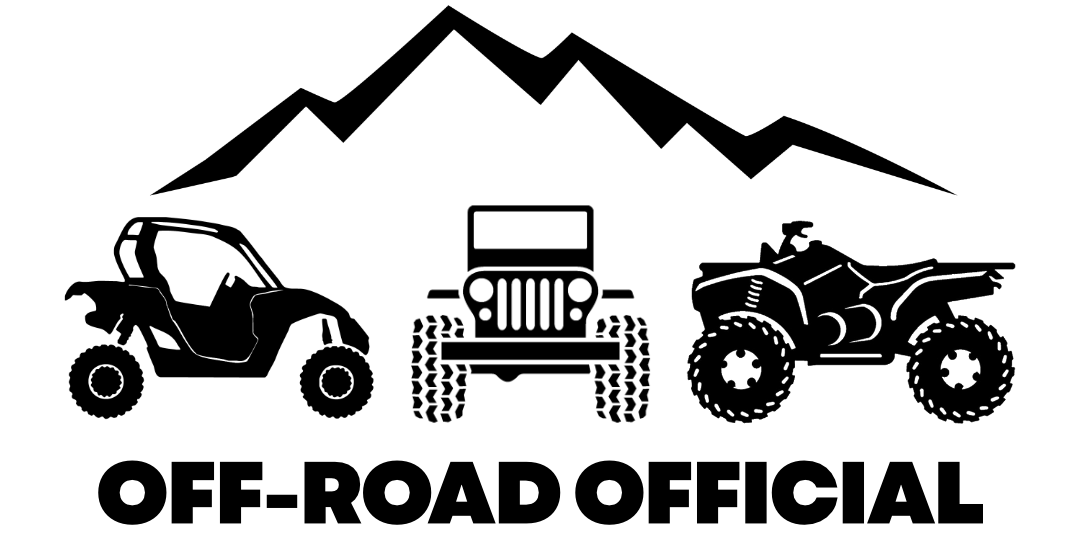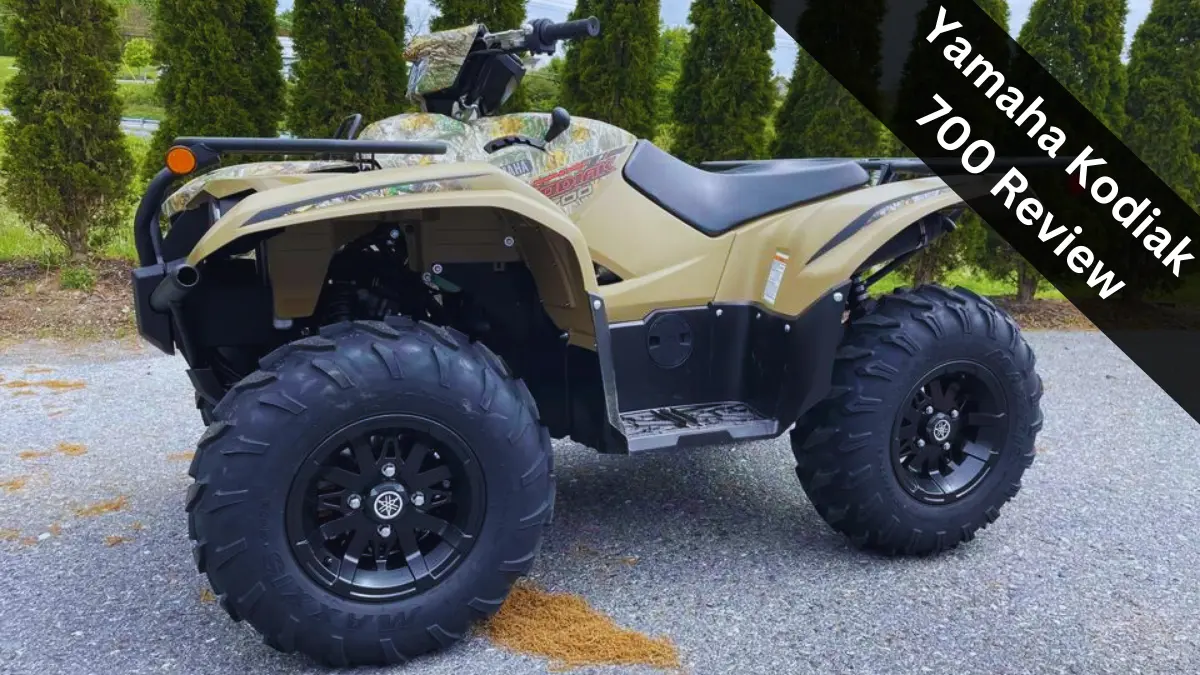When comparing the Yamaha Kodiak vs the Yamaha Grizzly, you’ll see why so many choose the Kodiak as their go-to utility ATV.
But a major change just a few years back led to a surprising number of owner complaints around some reliability issues that began to flare up in these models.
This Yamaha Kodiak 700 review will examine that change, and whether Yamaha has addressed it in recent models.
We’ll also have a look at how the Kodiak 700 models stack up currently, highlighting its good and bad qualities in the following areas:
- The one small change to 2024 models and how they compare
- The most impactful change to these models in recent years
- Build quality and performance
- Design and durability
- Key features and accessories
- What owners love
- What owners don’t love
2024 Kodiak 700 Models
There are three different Kodiak 700 models to choose from for 2024:
- Kodiak 700 (Base) – $8,499
- Kodiak 700 EPS (Electric Power Steering) – $10,099
- Kodiak 700 EPS SE (Special Edition) – $11,099
These models have seen almost no changes in the last two years, outside of an increase in price.
In 2023, the price for each model went up by $700, which is nothing to sneeze at.
In 2024, there’s only a $100 price hike for each model. Eat that inflation!
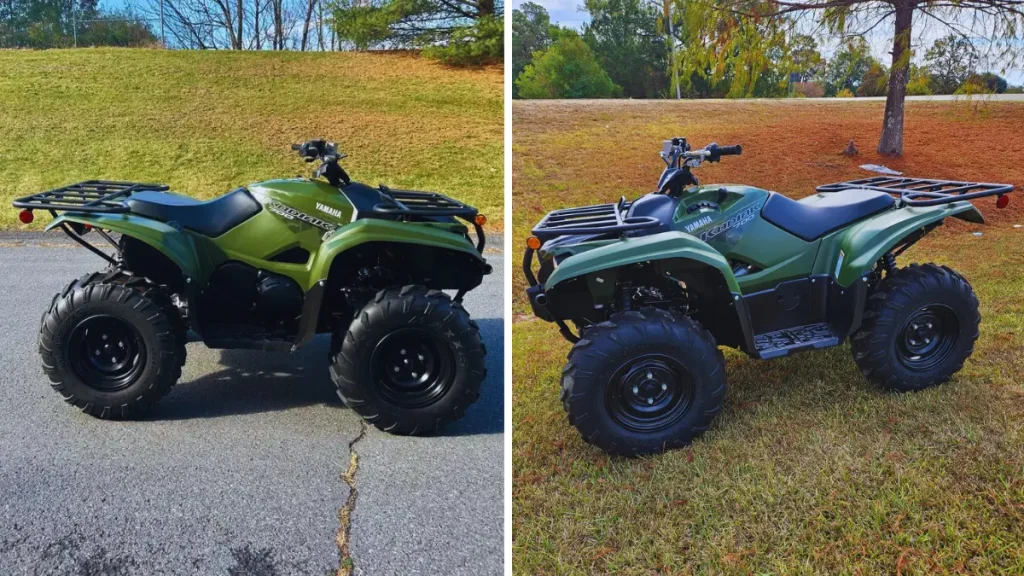
While the Kodiak 700 Base model does lack some of the key features and accessories included in the more advanced models, all three of these models are up there with some of the best ATVs for the money these days.
Let’s have a look at the build quality and performance of these models, recent changes, and some of the key places they differ.
Build Quality & Performance
Engines
The Kodiak 700 models are all powered by the same 686cc single-cylinder, big-bore engine with a max power output of around 45 HP.
Back in 2016, Yamaha moved all Kodiak 700 models to a 708cc engine to give them an increase in power and overall performance.
But these engines had some reliability issues and contributed to a few common problems (see “what owners don’t love” below) in the Kodiak 700, so they ultimately moved back to the original 686cc engine for 2019+ models.
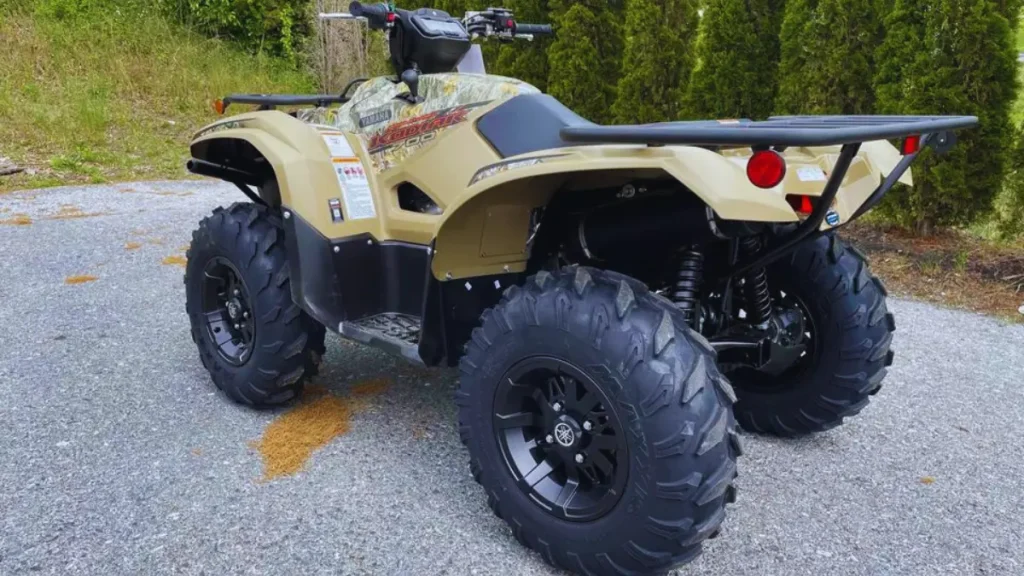
While this 686cc engine is admittedly a bit underpowered for the 700 class, it’s as bulletproof as you’ll find in any ATV and it helped to shore up many of the issues caused by the lean-running 708cc unit.
But the power this engine provides is still plenty enough to conquer just about any working task and make light work of the roughest, steepest terrains including mud, sand, snow, and hills.
And while they don’t quite compare to some of the fastest ATVs in the industry, the Kodiak 700’s top speed isn’t all that far off from some of Yamaha’s top sport models and offers plenty of recreational appeal.
| Engine Type | 4 Stroke, SOHC |
| Cylinder Arrangement | Single Cylinder |
| Displacement | 686 cc |
| Horsepower | 45 HP (estimated) |
| Engine Cooling | Liquid Cooled |
| Fuel Delivery | EFI w/ 44mm throttle body |
| Fuel Capacity | 4.8 US Gallons |
Drivetrains
The Kodiak 700 models all feature selectable 2WD/4WD, which can be chosen via a lever on the handlebar in the base models and via the On-Command system’s toggle button in the EPS/EPS SE models.
A big benefit of the EPS/EPS SE models is the fact that they include 3-way differential lock, giving you the option of a fully locking and limited slip front differential.
You also get to choose this drive mode rather than the ATV automatically doing it for you like in some other models, which is beneficial.
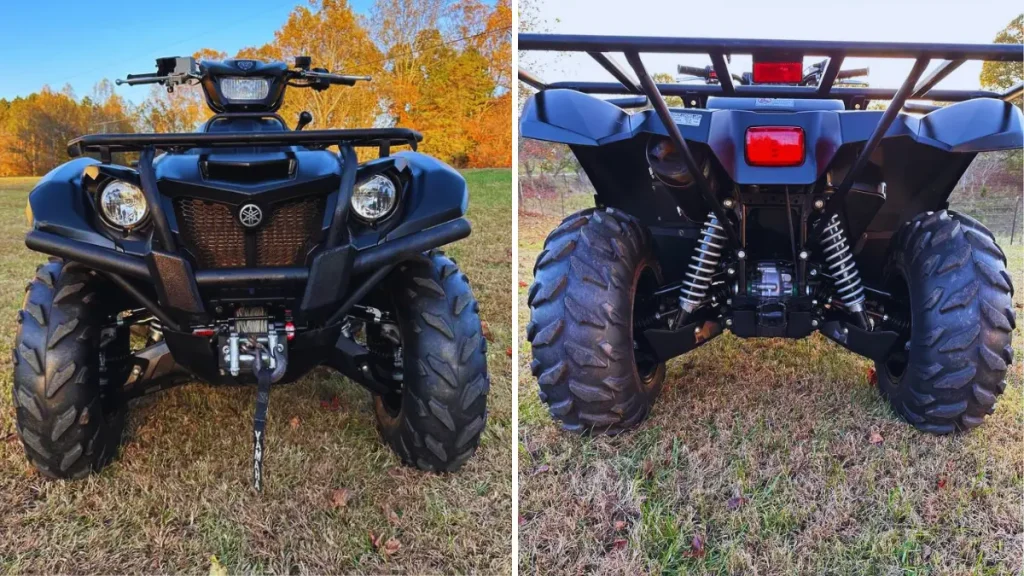
Yamaha’s Ultramatic CVT is the best transmission in the business, offering immediate throttle response and smooth shifts.
It’s as durable as they come as well, so you’ll rarely run into clutch or belt issues.
It includes an all-wheel engine braking system that comes in quite handy on descents in steep terrain and provides that much more control.
There’s a gear shift on the left-side of the ATV where you can select from High and Low ranges, along with a Neutral, Reverse and Park setting.
| Drive System | 2WD/4WD, 3-way locking diff (EPS/SE models), shaft drive |
| Transmission Type | Ultramatic V-Belt |
| Gears | H – L – N – R – P |
Suspensions & Steering
The suspension set-up in each of the Kodiak 700 models is the same, with independent double wishbone suspensions in front and rear, and an anti-sway bar in the rear as well.
There are performance shocks in the front and rear with 5-way adjustable preload, but no compression adjustability.
Up front you get 7.6 inches of travel and 9.9 inches of travel in the rear.
You do notice the lack of travel in front, but overall the suspension is sprung pretty soft and the ride through any terrain is pretty smooth.
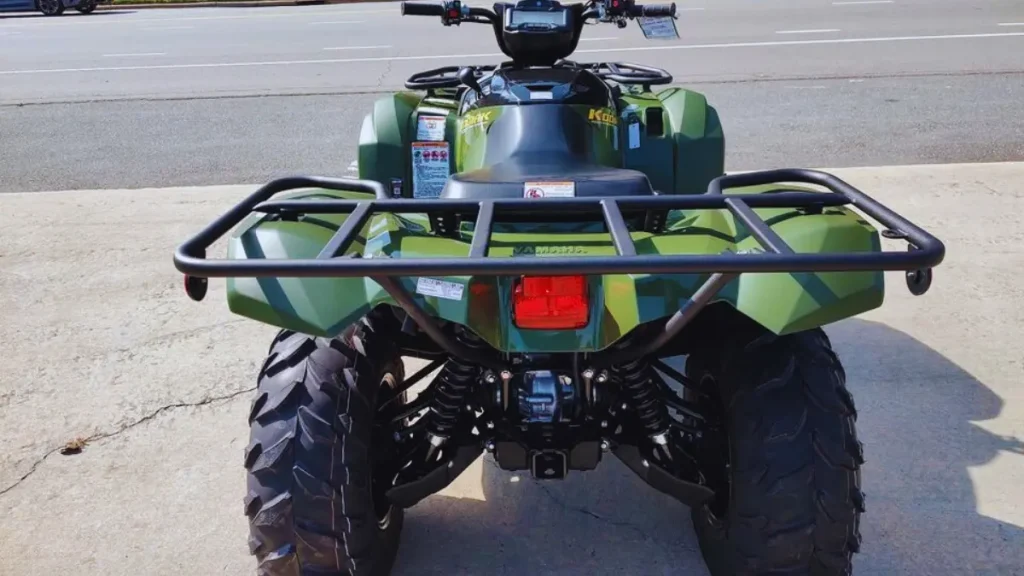
Ground clearance is 10.8 inches on all models thanks in part to the wide-arc A-Arms, which is solid for utility ATVs and gives you plenty of room to clear most obstacles and ruts.
There are also full-length skid plates running the underside for added protection in case you bottom out or get stuck.
The base model features manual steering, which is a little tougher on the arms when in 4WD than the speed-sensitive Electric Power Steering included in the two EPS models which offers excellent feedback while trail riding.
| Wheelbase | 49.2 in |
| Turning Radius | 10.5 ft |
| Ground Clearance | 10.8 in |
| Front Suspension | Independent Double Wishbone |
| Rear Suspension | Independent Double Wishbone w/ anti-sway bar |
| Front Travel | 7.1 in |
| Rear Travel | 9.1 in |
Tires & Brakes
Each model comes equipped with 25-inch Maxxis MU tires at all four corners, which offer good stability and grip in most terrains.
These tires also do a good job of offering enough feedback on the trail that you can feel what the Kodiak is doing, while not making the steering feel iffy at higher speeds.
But these 25-inch tires are admittedly a bit smaller than what you’ll find on some of the competition in this class, so you may look to upgrade if you want more top-end speed or traction on the trail.
You should be able to go up a couple of tire-sizes without needing a lift or spacers of any kind.
The braking system is solid, with hydraulic front disc brakes and sealed wet rear brakes in back offering plenty of stopping ability.
| Front Tires | 25 x 8-12 Maxxis MU |
| Rear Tires | 25 x 10-12 Maxxis MU |
| Front Brake Type | Dual Hydraulic Disc |
| Rear Brake Type | Wet Multi Disc |
Dimensions & Capacities
Each Kodiak 700 offers the same dimensions at 81.5 x 42 x 46 inches, which is compact for a mid-size ATV and makes them versatile in the types of riding they can do.
The Kodiak 700 EPS SE is slightly heavier than the other two models at 714 lbs to account for the front winch.
The weight is about average for its class, and the location of the fuel tank under the seat helps to keep these models’ weight centralized and low for added stability.
As utility machines, these models and their solid low-end power offer an excellent towing capacity of 1,300 lbs.
And between the front and rear storage racks, they can haul up to 308 lbs, making real workhorses.
| Length | 81.5 in |
| Width | 46.5 in |
| Height | 48.8 in |
| Seat Height | 33.9 in |
| Curb Weight | 686 – 714 lbs |
| Towing Capacity | 1,300 lbs |
| Front Rack Capacity | 110 lbs |
| Rear Rack Capacity | 198 lbs |
Features & Accessories
Each of the Kodiak 700 models comes equipped with a number of features and accessories that make them off-road ready out of the box.
But as expected, the EPS and EPS Special Edition models come a bit more loaded.
These features and accessories include:
- Dual headlights on all three models, with the EPS and EPS SE including an additional single work light pod on the handlebars to give them a total of three.
- The EPS SE model comes standard with a front winch, but both the other two models come with a winch plate mount on the front bumper to make it easy to add one.
- There are full footwells on each model made of heavy-duty, grippy plastic that surrounds the central foot pegs to give your feet more stability.
- The seat is comfortable and easily removed to give you access to your airbox and some of the fill tanks.
- There’s a center display with gear indicator lights and warning lights, with the EPS SE having a larger digital display that includes a speeometer.
- Each model has steel storage racks in the front and rear.
- Each model has a single rear tail/brake light.
What Owners Love
There’s a whole lot to like about the Kodiak 700, and a Yamaha Kodiak 450 review shows there’s plenty good with the smaller model too.
- The air intakes on these vehicles are high-mounted to keep them clear of water, dust, and dirt kicked up by the tires.
- There’s a pretty deep glove box that sits high in the center of the ATV just below the handlebars which provides good storage space.
- The steel-made storage racks are much easier to tie cargo down with than the plastic racks used on some other models.
- The On-Command 4WD system enables you to manually select between 2WD, 4WD, limited slip 4WD and fully locked 4WD on the EPS models.
- There’s an override button that allows the engine to hit its maximum RPM levels even in fully locked 4WD mode.
- The rear brakes are sealed to shield them from mud and debris, making them virtually maintenance free.
- The drive belts are covered under Yamaha’s included 10-year belt coverage and the ATVs get a 6-month warranty.

What Owners Don’t Love
- These models have seen an $800 price increase in the last two years.
- The halogen headlights aren’t all that bright for night riding, so you may want to add a lightbar.
- The steel storage racks have a durable wrinkle paint finish, but are still prone to rusting if you don’t cover your ATV between rides.
- The base model doesn’t include a 2-inch hitch receiver, which is pretty standard across the industry these days.
- The stock air filters are known to fit loosely, which puts the Kodiaks’ engines at risk of damage from dust and dirt.
- The rear fenders and glove box are known to get very hot from the engine and exhaust heat, though 2016-2018 models suffer from this more.
For more on these drawbacks and proven ways to overcome them, check out this guide to the Yamaha Kodiak 700’s most common problems.
The smaller model has less of them, but there are some common Yamaha Kodiak 450 problems as well.
Final Word
The Kodiak 700 makes for one of the best all-around ATVs you’ll find in the 700 class, even with an engine that lacks in power slightly compared to some of the competition.
Even so, they offer a good blend of utility and recreational appeal, being even a bit faster than the Yamaha Grizzly 700’s top speed.
